 |
| Click on figure for larger image |
 |
| Figure 25. Location of bottom photographs taken during R/V Rafael cruise 2010-010 north of Orient Point. |
A total of 106 still photographs of the sea floor were obtained at 26 locations as part of this study (fig. 25). The small SEABOSS system was used to obtain three to seven still photographs and video at each station as the SEABOSS drifted approximately 50 cm over the seabed for 2 to 5 minutes. Photographs were taken where the scientist observed interesting features and sea floor representative of the station. The field of view of each image is approximately 50 cm.
The still and video photography shows that 7 of the stations in the study area had rippled sand and (or) sand waves, 16 stations were gravelly or bouldery, and 3 were sandy without a strong presence of bedforms. Shells, crabs, and seaweed are common on the sea floor and boulders are commonly encrusted with seaweed, hydroids, hydrozoans, sponges, and anemones. Current scour can be seen around gravel and shells at some stations.
Low-resolution images (150 x 113 pixels) of the photographs may be viewed by browsing the thumbnails in the photo gallery below. These thumbnails are hyperlinked to medium-resolution images (600 x 450 pixels) for more detailed viewing. A WinZip file with all the medium-resolution images from the study area may be accessed by clicking here. Alternatively, the directory containing the full-resolution images (2560 x 1920 pixels) may be accessed by clicking here. These full-resolution images can be identified using the .jpg image names in the galleries below. Textural analyses of samples obtained at these stations, where available, are provided in the Sediments section of this report.
Photo Gallery
Station / Lithologic Description
OP1 / Boulders near shore give way to a flat to undulating sandy sea floor. Animal tracks, scour marks from seaweed-rafted gravel, and burrows are common. Traces of shell debris, hermit crabs, and drifting seaweed are present. |
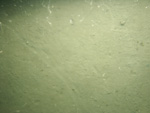
op1a |
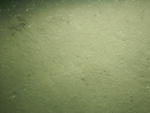
op1b |
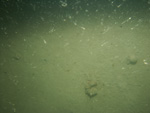
op1c |
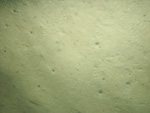
op1d
|
OP2 / Undulating to faintly rippled sand with scattered burrows and patches of amphipod tubes. Spider crabs and seaweed-rafting gravel are present. |
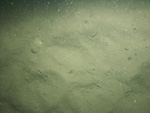
op2a |
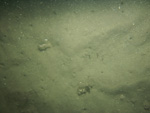
op2b |
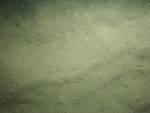
op2c
| |
OP3 / Sand waves covered with current-rippled sand. Fine-grained organic debris and traces of shell debris collect primarily in the ripple troughs. Drifting seaweed is present. |
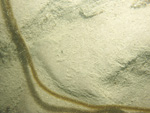
op3a |
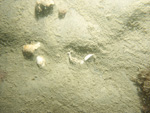
op3b
| 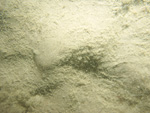
op3c
|
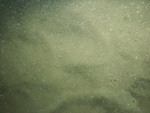
op3d
|
OP4 / Flat sea floor composed primarily of gravel. Hydrozoans; attached and drifting kelp; and spider, hermit, and cancer crabs are present. |
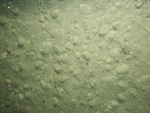
op4a |
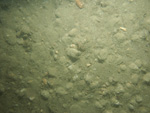
op4b |
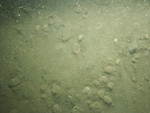
op4c |
|
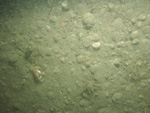
op4d |
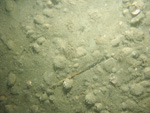
op4e
|
|
|
OP5 / Boulders variably overgrown with seaweed, hydroids, hydrozoans, sponges, and anemones. Patches of burrowed and rippled sand, pea- to cobble-sized gravel, and shell debris cover the sea floor between the boulders. |
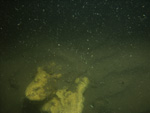
op5a |
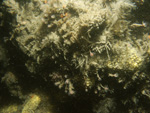
op5b |
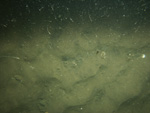
op5c
| |

op5d |
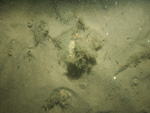
op5e
|
|
|
OP6 / Current-rippled sand, perhaps in a thin layer over gravel, and patches of gravel. Spider crabs, hydrozoans, and barnacles on the larger gravel are present. Scour features are common. |
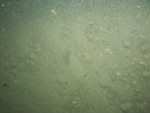
op6a |
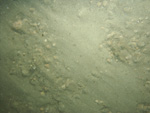
op6b |
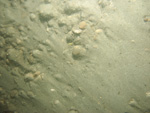
op6c
|
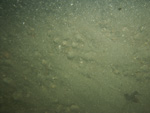
op6d
|
OP7 / Rippled sand with patches of gravel in the trough of a barchanoid sand wave. Mussel and echinoderm shells and shell debris are present primarily in the ripple troughs; the larger gravel is covered with barnacles. |
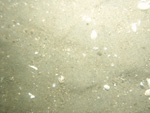
op7a
|
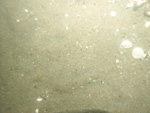
op7b
|
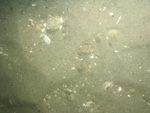
op7c
|
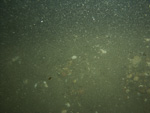
op7d |
OP8 / Barchanoid sand wave covered with current-rippled sand and megaripples. Organic debris veneers the rippled sand. Pea gravel and shell debris collect primarily in the ripple troughs. The sand is burrowed; scattered cobbles are present in the wave trough. Snails are common. |
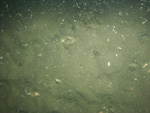
op8a |
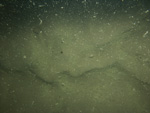
op8b |
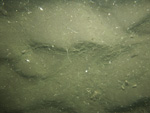
op8c
| |
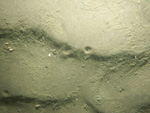
op8d |

op8e
|
| |
OP9 / Boulders variably overgrown with anemones, sponges, hydroids, hydrozoans, and green and red seaweed. Cobble-sized gravel and attached seaweed cover most of the sea floor between the boulders, but burrowed patches of sand with spider and cancer crabs become more common along the transect. |
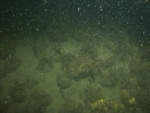
op9a |
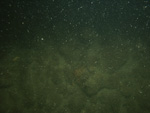
op9b
|
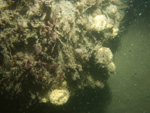
op9c
| 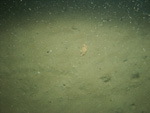
op9d |
OP10 / Flat to undulating sand. Burrows are common; animal tracks, snails, and spider and hermit crabs are present. |
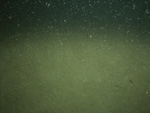
op10a |
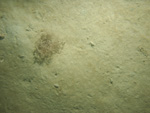
op10b |
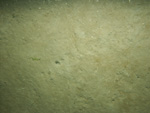
op10c
| |
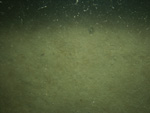
op10d |
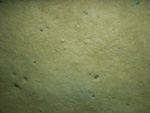
op10e
|
|
|
OP11 / Flat to undulating sand. Burrows are common; worm and amphipod tubes, hermit crabs, and scour features around larger shells are present. |
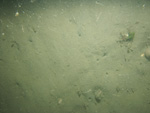
op11a |
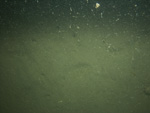
op11b |
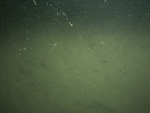
op11c
|
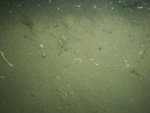
op11d
|
OP12 / Sand waves covered with current-rippled sand. Pea gravel and shell debris collect primarily in the ripple troughs. Moon snails and sand dollars are present. |
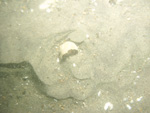
op12a
|
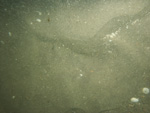
op12b |
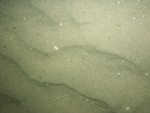
op12c
| 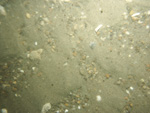
op12d
|
OP13 / Current-rippled sand with scattered and patchy distributions of gravel. A few scattered boulders overgrown with seaweed, some of which is kelp; mussel and radiating bivalve shells and shell debris; and hydrozoans are present. |
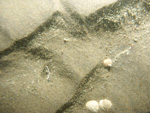
op13a |
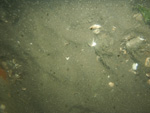
op13b
| 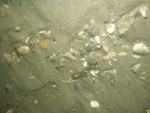
op13c
|
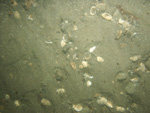
op13d |
OP14 / Boulders variably overgrown with hydroids, hydrozoans, seaweed, anemones, sponges, and barnacles. Scattered pea- to cobble-sized gravel, mussels, and attached seaweed cover the sea floor between the boulders. Starfish are present. |
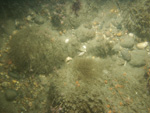
op14a |
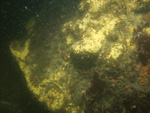
op14b |
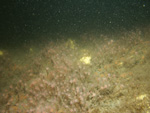
op14c
|
|
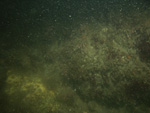
op14d |
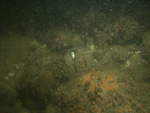
op14e
|
|
|
OP15 / Boulders variably overgrown with hydroids, hydrozoans, seaweed, anemones, and barnacles. Scattered pea- to cobble-sized gravel and attached seaweed cover the sea floor between the boulders. |
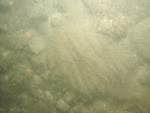
op15a |
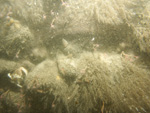
op15b | 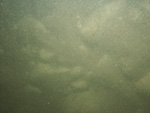
op15c
|
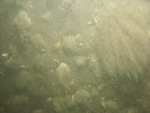
op15d |
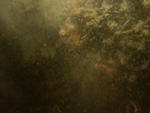
op15e |
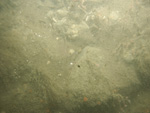
op15f
|
|
|
OP16 / Boulders variably overgrown with hydroids, hydrozoans, seaweed, sponges, anemones, and barnacles. Rippled sand with scattered gravel and shell debris cover the sea floor between the boulders. Scour features are present around the gravel. |
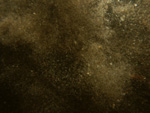
op16a |
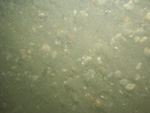
op16b |
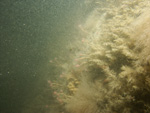
op16c
|
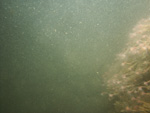
op16d |
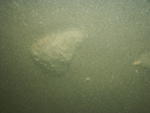
op16e |
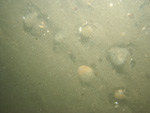
op16f
| 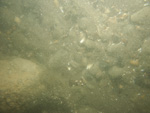
op16g
|
|
OP17 / Current-rippled sand with scattered patches of gravel. Mussel, surf clam, and whelk shell debris is common, especially in ripple troughs. Scour features are present around gravel and the larger shells. |
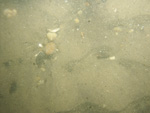
op17a |
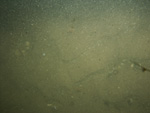
op17b
| 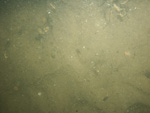
op17c
|
|
OP18 / Boulders overgrown with hydrozoans and seaweed, including kelp. Rippled sand, pebble- and cobble-sized gravel, and shell debris cover the sea floor between the boulders. |
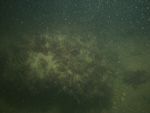
op18a |
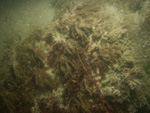
op18b
| 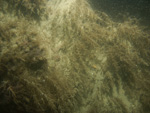
op18c
|
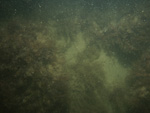
op18d |
OP19 / Scattered boulders and cobbles in rippled sand. Boulders are variably covered with hydrozoans, hydroids, sponges, barnacles, and anemones. Scour features around gravel and mussels and mussel-shell debris are common. Some quahog-shell and surf-clam debris is present. |
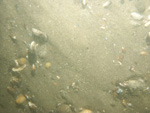
op19a |
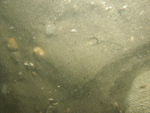
op19b
| 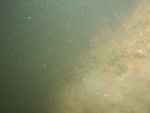
op19c
|
|
OP20 / Current-rippled sand with patches of gravel. Mussels, mussel-shell debris, scour features around the gravel, and pieces of drifting seaweed are common. |
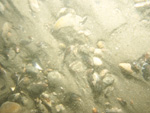
op20a |
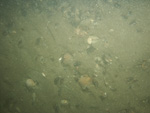
op20b
| 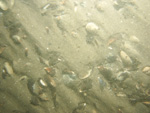
op20c
|
|
OP21 / Sand waves covered with current-rippled sand. Small patches of pea gravel, mussel- and quahog-shell debris concentrated in the ripple troughs, moon snails, drifting seaweed, and jelly fish in the water column are present. |
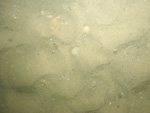
op21a |
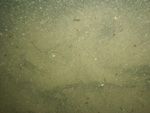
op21b
| 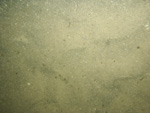
op21c
|
|
OP22 / Flat to faint longitudinally rippled sand with scattered burrows. Sea floor has a slightly current-swept appearance with drifting seaweed. |
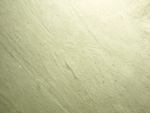
op22a |
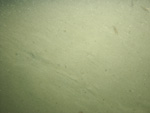
op22b
| 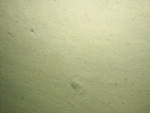
op22c
|
|
OP23 / Boulders covered with hydrozoans, sponges, and seaweed interspaced by patches of pebble- and cobble-sized gravel and sand. Attached seaweed includes kelp. Numerous starfish are present. |
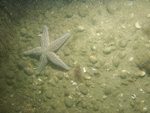
op23a |
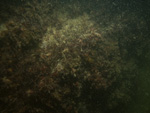
op23b
| 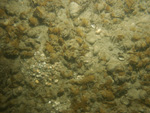
op23c
|
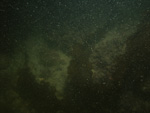
op23d |
OP24 / Faintly rippled sand with scattered burrows and patches of amphipod tubes. Starfish, whelk-egg casings, traces of shell hash, drifting seaweed, and driftwood are present. |
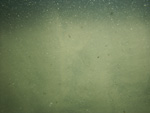
op24a |
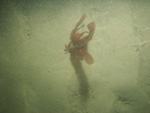
op24b
| 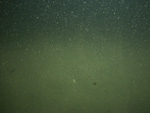
op24c
|
|
OP25 / Mega-rippled and rippled gravelly sediment and patches of sand. Abundant mussel-shell debris with some surf-clam and quahog shells occurs primarily in the ripple troughs. Scattered burrows and drifting kelp and nondescript seaweed are present. |
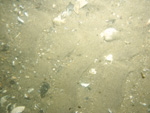
op25a |
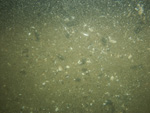
op25b
| 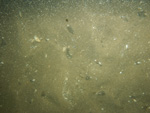
op25c
|
|
OP26 / Gravelly sediment with scattered cobbles and patches of rippled sand. Cobbles partially covered with barnacles and hydrozoans. Abundant mussels and mussel- and surf-clam shell debris, starfish, scour around gravel, and attached and drifting kelp and nondescript seaweed are present. |
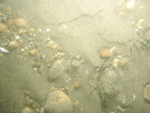
op26a |
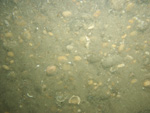
op26b
| 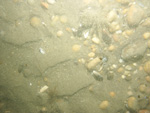
op26c
|
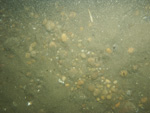
op26d |
|